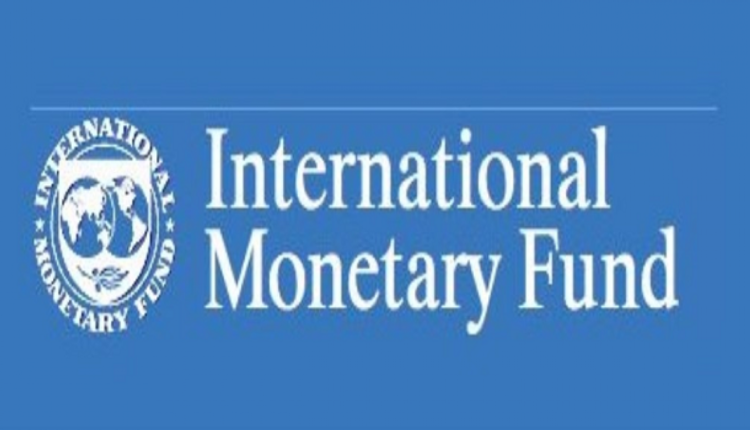By Asmau Ahmad
Amid a global slowdown, growth in Sub-Saharan Africa (SSA) is expected to reduce to 3.6 per cent before rebounding to 4.2 per cent in 2024.
This is according to the latest International Monetary Fund (IMF) Regional Economic Outlook for SSA: “The Big Funding Squeeze” published on Friday at the World Bank Group/IMF 2023 Spring Meetings in Washington DC.
The report said the slowdown and subsequent rebound in 2024 in the region was in line with global recovery, subsiding inflation, and a winding down in monetary policy tightening.
According to the report, this will be the second consecutive year that SSA records a lower rate of growth than the previous year.
Abebe Selassie, Director, IMF’s African Department, while speaking at the media briefing on the SSA Regional Economic Outlook, said growth across the region varied from country to country.
Selassie said some countries, particularly those in the East African Community, or non-oil resource-intensive countries, were expected to fare better.
“However, some major economies bring down the average SSA growth rate, like South Africa where growth is projected to decelerate sharply to only 0.1 per cent in 2023.”
He said the report showed that public debt and inflation were at levels not seen in decades, with double-digit inflation present in half of the countries.
Selassie said this had eroded household purchasing power and struck at the most vulnerable.
“The rapid tightening of global monetary policy has raised borrowing costs for SSA countries both on domestic and international markets.
“All Sub-Saharan African frontier markets have been cut off from market access since spring 2022.”
He said the US dollar effective exchange rate reached a 20-year high last year, increasing the burden of dollar-denominated debt service payments.
Selassie said interest payments as a share of revenue had doubled for the average SSA country over the past decade.
“With shrinking aid budgets and reduced inflows from partners, this is leading to a big funding squeeze for the region.”
He said people in SSA were feeling the effects of a funding crisis.
Selassie said since Russia’s invasion of Ukraine, the cost of living was more expensive, borrowing costs had increased, and access to cheaper funding was dwindling.
“This is coupled with a long-term decline in aid and a more recent fall in investment from partners.
“This means that there is less money to be spent on vital services like health, education, and infrastructure.
“If measures are not taken, this funding squeeze will hamper Sub-Saharan’ efforts to build a skilled and educated population and to be the driving force of the global economy in years to come.”
He said the IMF was playing its part and continued to stand ready to support its members.
Selassie said between 2020 and 2022, the IMF provided more than 50 billion dollars through programmes, emergency financing, and Special Drawing Rights allocation.
Selassie said SSA was far from powerless, and to address macroeconomic imbalances, four policies could help navigate the current turmoil.


